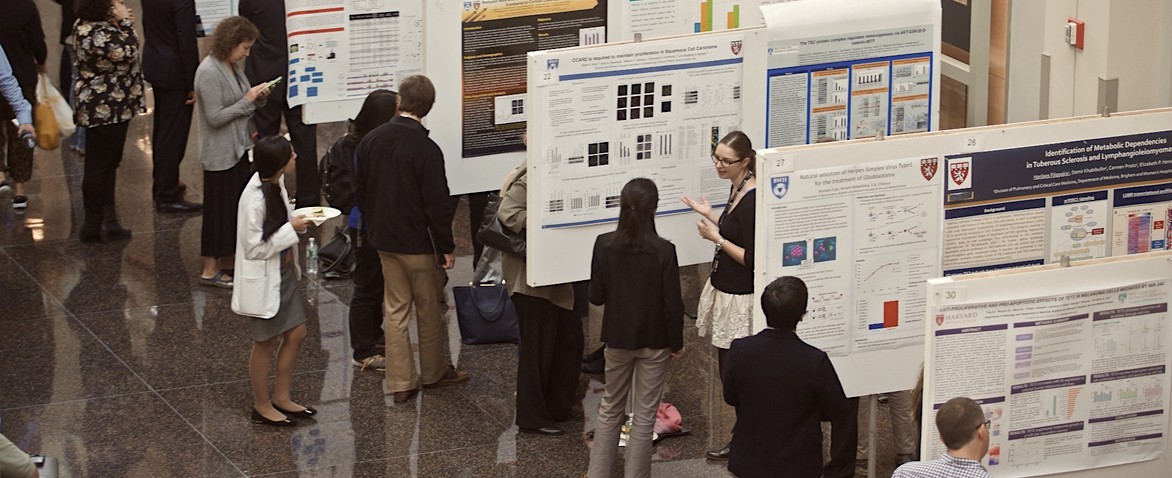Graduate school is undeniably rich with a lot of ‘firsts.’ For many students, attending and presenting at conferences is one milestone they are eager to check off.
As I write this en route to my first conference poster presentation, I am trying to recall what I liked about the presentations I saw at the first conference I ever attended, the inaugural meeting of the Mid-Atlantic Bioanthropology Interest Group, or MABIG.
MABIG was formed this year to connect biological anthropologists across all subfields in the Mid-Atlantic region. The conference was held at Virginia Commonwealth University (VCU) on October 25th, and organized by Amy Rector Verelli (VCU), Kristi Lewton (Boston University), Bill Hylander (Duke University) and Roshna Wunderlich (James Madison University).
The conference was a one-day whirlwind of talks and posters. All of the talks were held in one lecture room at VCU, so that attendees could hear the presentations without having to worry about missing another overlapping session. This gave researchers with varying interests—primate socioecology, modern human genealogy, functional morphology, bioarchaeology, paleoenvironments, and Egyptian mummification—the chance to hear talks they probably would have never attended if this were a larger conference. We all enjoyed the format of this conference, and felt that the presenters prospered in the relaxed and collegial environment.
GW was represented at the MABIG conference by two poster presentations. CASHP student Elizabeth Renner presented her research entitled “Individual, Observational, and Imitation Learning in 3- and 5-Year-Old Children and Orangutans.” Liz used the conference as an opportunity to practice presenting part of her dissertation research, and did a wonderful job. GW undergraduate Jacqueline Olson, who completed a project at the 2014 Koobi Fora Field School presented a poster describing “A multiproxy analysis of the paleoecological setting of Homo and Paranthropus between 1.9 and 1.4 million years ago at East Turkana, northern Kenya.” This was Jacqui’s first ever poster presentation, and she blew everyone away with how articulate and composed she was.

CASHP student Elizabeth Renner presenting her poster.
Observing Liz, Jacqui, and the other presenters helped me compile three tips I will follow when I present my poster at the Anatomical Society Winter Meeting on Monday:
1. Know your research. Review all of your methods and results, especially if it’s been awhile since you’ve collected your data and made the poster.
2. Know your audience. Introduce yourself, and learn a little about who they are and what their area of focus is. If you’re presenting a jargon-heavy poster to someone outside of your field, spare them the grittiest details and focus more on the implications of your results.
3. Know when to stop talking. Aim to strike a balance between descriptive and concise.
After watching our peers give such excellent presentations, the rest of us look forward to attending future MABIG conferences, where we will take advantage of the low-stress environment and positive energy by presenting our own posters and talks.
On the dark drive back to DC, we just had to check off one more ‘first.’ Though it was late and we were exhausted, we made a quick stop at the Stonewall Jackson Shrine, as suggested by Bernard Wood. This ‘first’ was pretty unique, as none of us had ever visited a formal shrine to a Civil War General.
Here’s to winter vacation, poster presentations, and new semester full of ‘firsts!’

Glamour shot at the Stonewall Jackson Shrine.


